Maryland's governor stopped people from crossing the bridge after the ship sent out a distress signal, saving lives. It may be some time before one of the busiest ports on the US East Coast reopens.
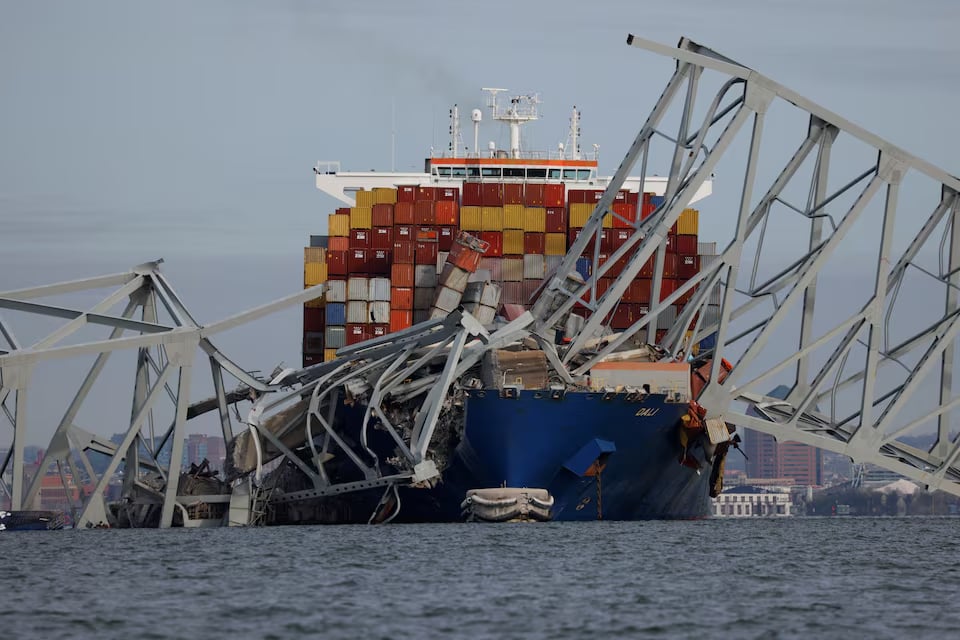
The Dali freight train crashed into the Francis Scott Key Bridge, causing the bridge to collapse in Baltimore. Photo: Reuters
How did Baltimore's largest bridge collapse?
At 1:04 a.m. on March 26, the cargo ship Dali, loaded with shipping containers, departed from the port of Baltimore, traveling down the Patapsco River toward Colombo, Sri Lanka.
At 1:24 a.m., as the ship slowly approached Francis Scott Key, the power went out. All the lights there went out. About a minute later, the lights on the ship came back on. Black smoke began to billow from somewhere on the ship. Within seconds, the lights on the ship went out again.
At 1:27 a.m., the cargo ship collided with one of the bridge’s piers. Minutes later, almost the entire bridge collapsed. The US Coast Guard received the first report of the collision.
At 1:40 a.m., the Baltimore City Fire Department sent rescue crews to the Patapsco River, with reports of multiple people in the water. The first fire crews arrived on the scene 10 minutes later.
Maryland Governor Wes Moore said the bridge was operating properly and there were no structural problems. Police said there was no sign of terrorism.
According to engineers, the Francis Scott Key Bridge was designed as a metal truss with a suspended deck, so it collapsed after the train hit a main concrete pillar below - part of the bridge's foundation.
X [embed]https://www.youtube.com/watch?v=mULzspJZuf8[/embed]
How many casualties did the incident cause?
Maryland State Police said that at the time of the incident, there was an eight-person construction crew on the bridge repairing a pothole. They fell 56 meters into the river. The water temperature at the time was only 8 degrees Celsius. According to research by the US Federal Aviation Administration, 8 degrees Celsius is beyond the limit for humans to survive falling into water.
Six people fell into the water and are missing and presumed dead. In addition, two people were rescued, one seriously injured and one unharmed.
Maryland's governor said authorities saved lives by stopping traffic from crossing the bridge after the ship sent out a distress signal. The ship also reportedly dropped anchor to avoid a collision.
Information about the cargo ship Dali
According to LSEG data, the Dali is managed by Synergy Marine Group and owned by Grace Ocean Pte Ltd. The management unit said all 22 crew members on board were uninjured in the incident.
The ship is 289 meters long - equivalent to three football fields side by side - and is loaded with containers. It has a capacity of up to 10,000 TEUs (20 feet, 26.28 tons). At that time, the ship was carrying 4,679 TEUs.
Previously in 2016, the same ship also had an accident at the port of Antwerp, Belgium when it crashed into a wharf while trying to leave the North Sea container port.
According to data on the Equasis website, which provides information about the ship, a subsequent inspection in June 2023 in San Antonio (Chile) discovered that the ship had defects in "propulsion and auxiliary machinery".
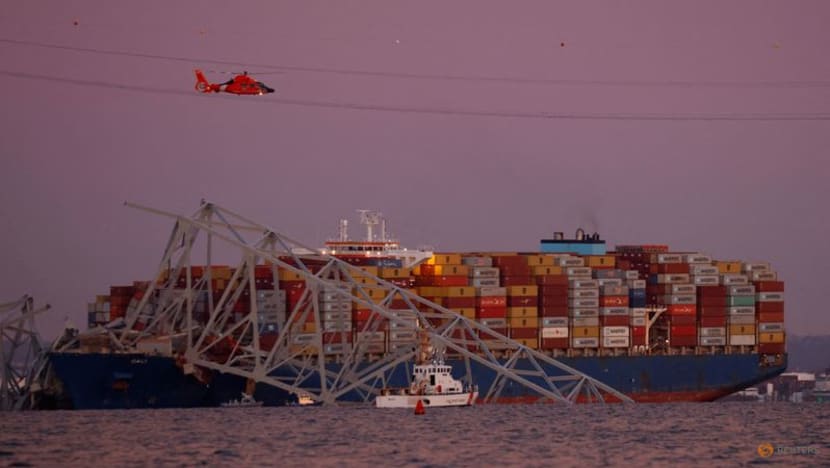
A US Coast Guard search and rescue helicopter flies over the cargo ship Dali. Photo: Reuters
Information about the Francis Scott Key Bridge
The Francis Scott Key Bridge is one of three roads connecting to the port of Baltimore, considered a transportation artery with an average of 31,000 cars passing through each day, 11.3 million vehicles passing through each year.
The steel bridge opened in 1977 to serve the transportation needs of goods on the east coast of the United States. The bridge spans the Patapsco River, has four lanes, is 2.5 km long, and is 56 m above the river.
The Francis Scott Key Bridge is named after the author of the American national anthem, who wrote the lyrics to "The Star-Spangled Banner" in 1814 after witnessing the British defeat at the Battle of Baltimore and the British bombing of Fort McHenry.
How did the bridge collapse affect the port of Baltimore?
Traffic at the Port of Baltimore was brought to a standstill following the incident. It is one of the smallest container ports on the Northeast Coast of the United States, handling only about a tenth of the volume that passes through the Port of New York and New Jersey.
However, it is the largest port in the US by volume of agricultural and construction machinery, as well as agricultural products such as sugar and salt.
Container traffic to Baltimore will likely be rerouted to larger ports, but there could be major disruptions to the movement of cars, coal and sugar, said container shipping expert Lars Jensen.
It is the busiest port in the US for automobiles, with at least 750,000 vehicles moving through it in 2023, according to data from the Maryland Port Authority. It is also the second-busiest coal exporter in the US in 2023.
Hoai Phuong (according to AP, CNN, Reuters)
Source


![[Photo] Ho Chi Minh City people's affection for the parade](https://vstatic.vietnam.vn/vietnam/resource/IMAGE/2025/4/26/7fcb6bcae98e46fba1ca063dc570e7e5)
![[Photo] Young people line up to receive the special supplement commemorating the 50th anniversary of the Liberation of the South of Nhan Dan Newspaper](https://vstatic.vietnam.vn/vietnam/resource/IMAGE/2025/4/26/9e7e624ae81643eba5f3cdc232cd07a5)


![[Photo] Prime Minister Pham Minh Chinh chairs meeting of Steering Committee for key projects and railway projects](https://vstatic.vietnam.vn/vietnam/resource/IMAGE/2025/4/26/b9534596258a40a29ebd8edcdbd666ab)
![[Photo] Readers' joy when receiving the supplement commemorating the 50th anniversary of the liberation of the South and national reunification of Nhan Dan Newspaper](https://vstatic.vietnam.vn/vietnam/resource/IMAGE/2025/4/26/283e56713da94988bf608393c0165723)
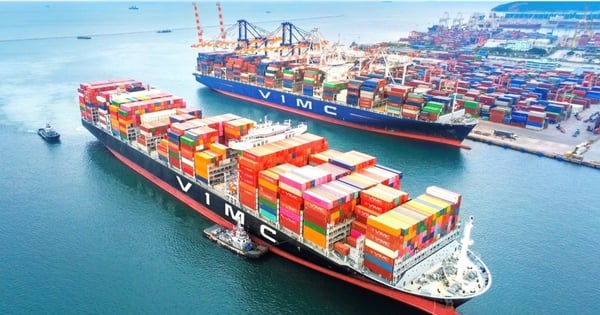


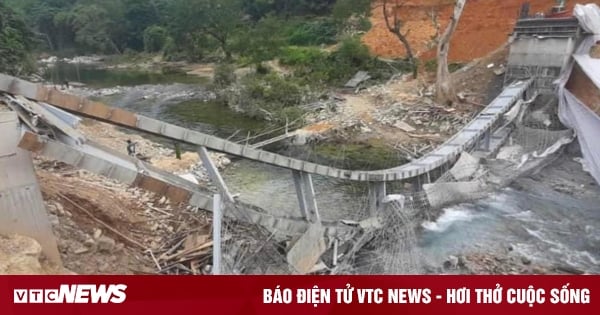


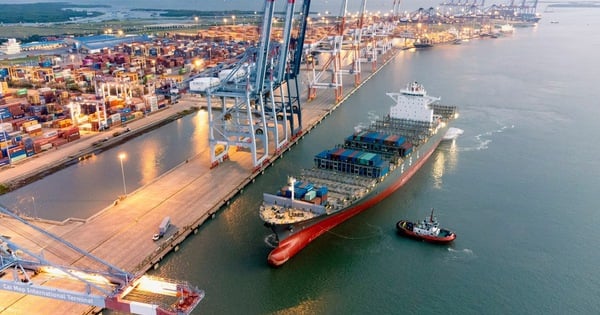







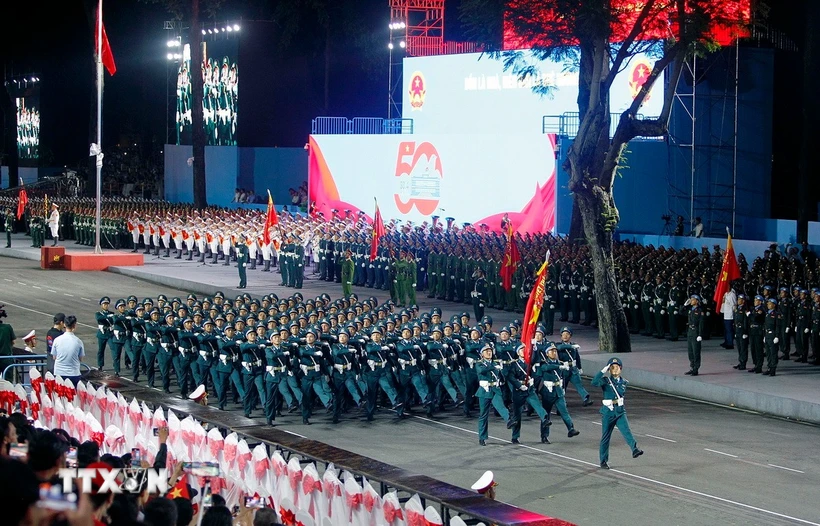


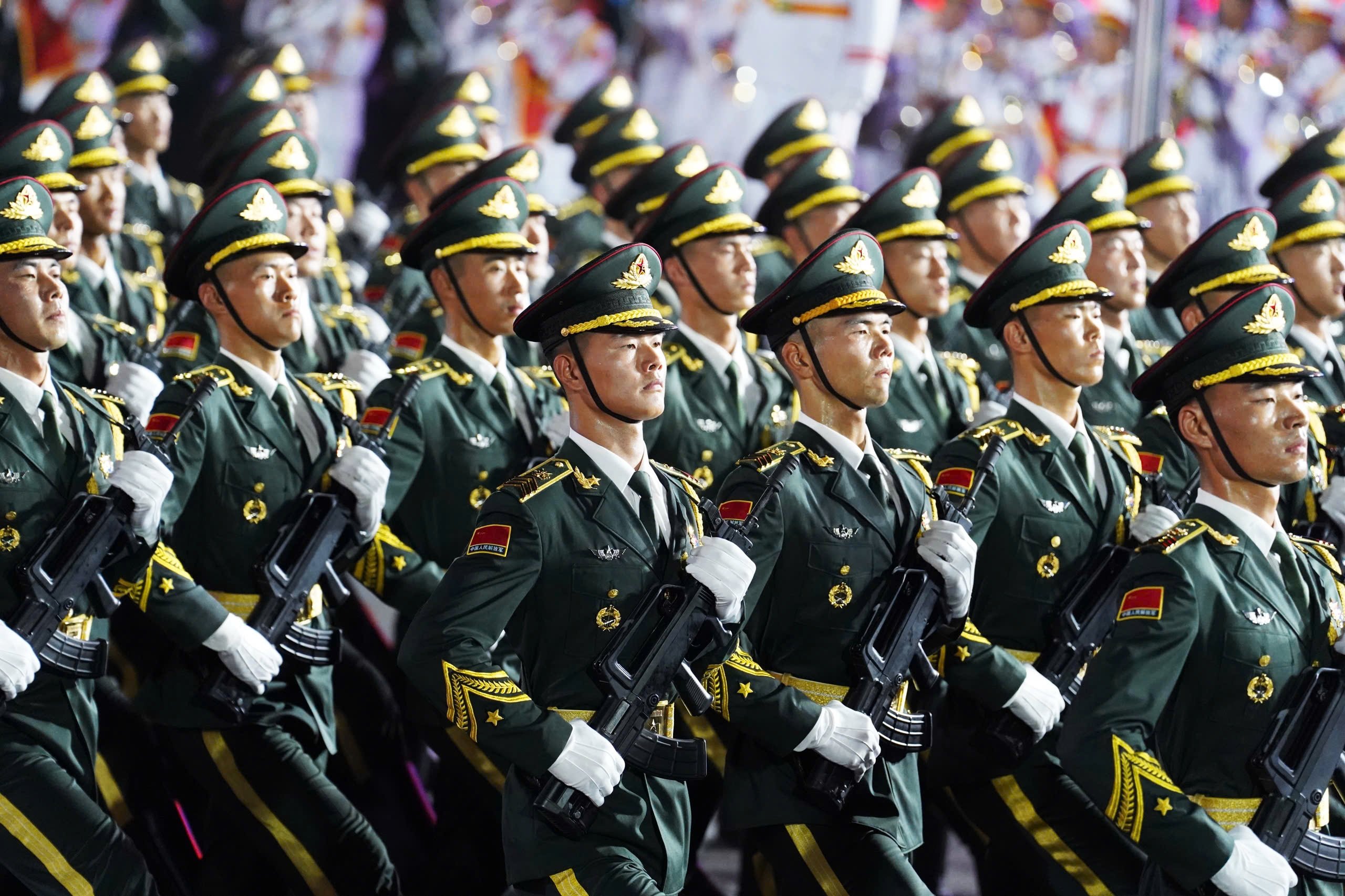
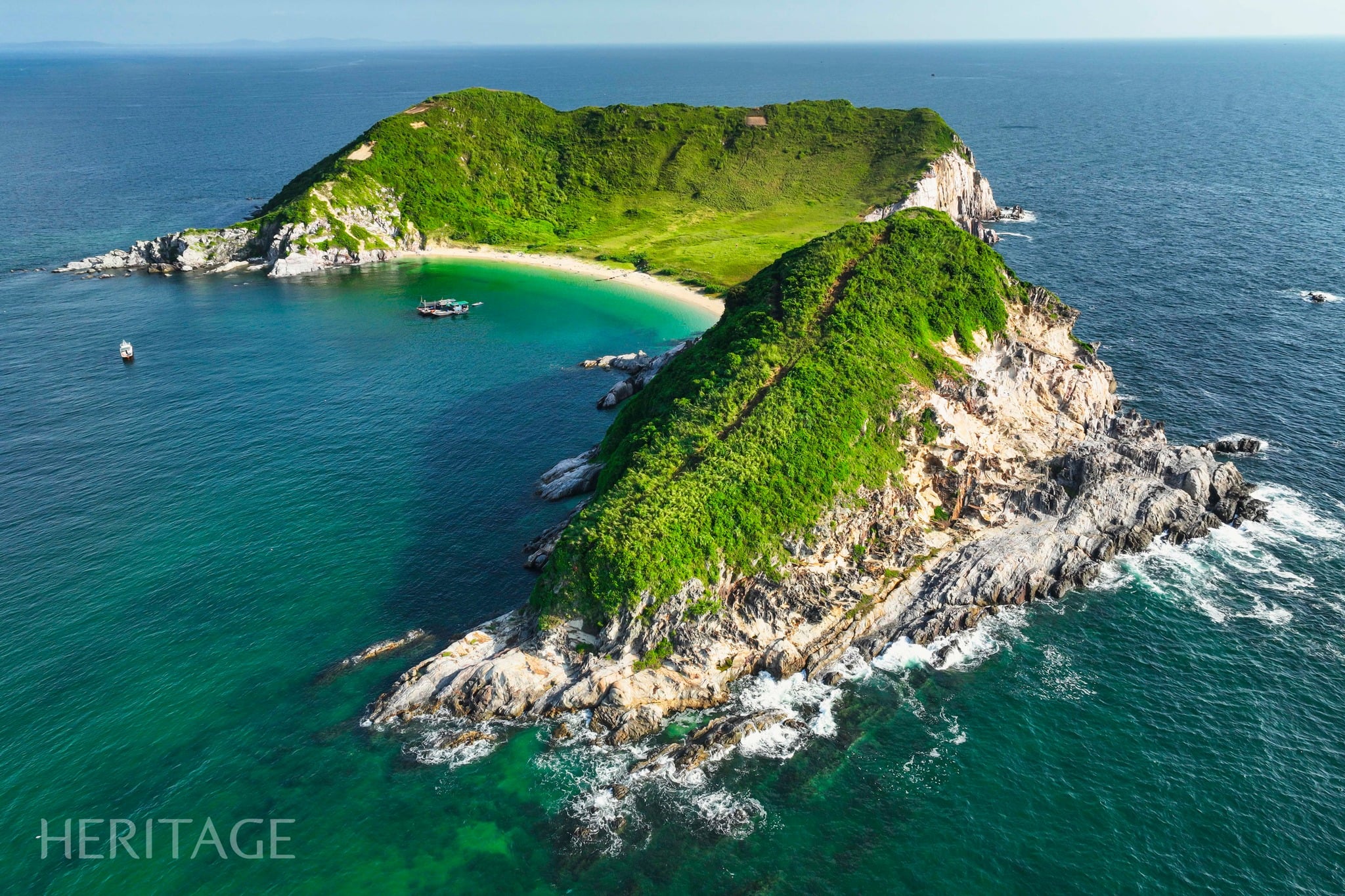
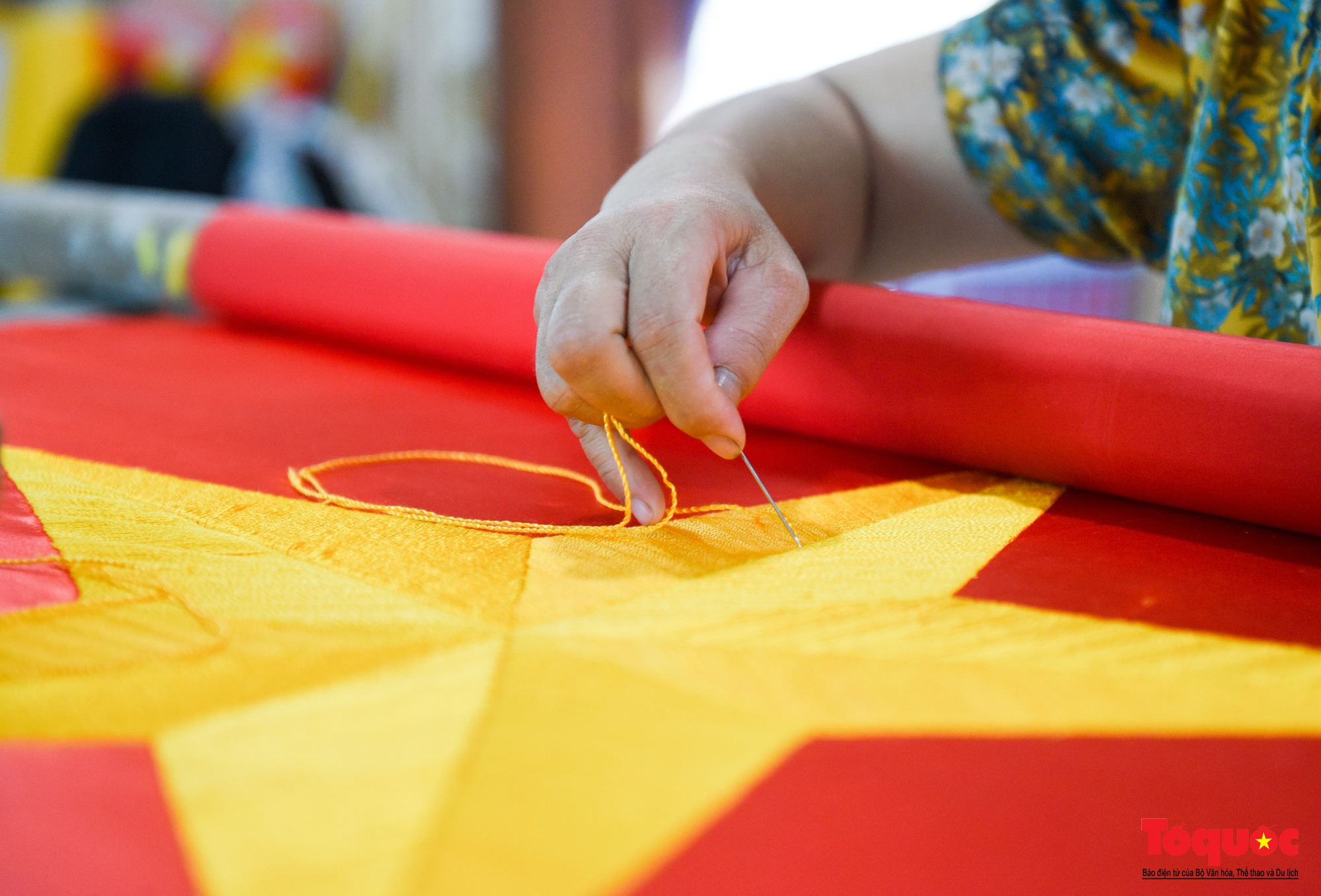


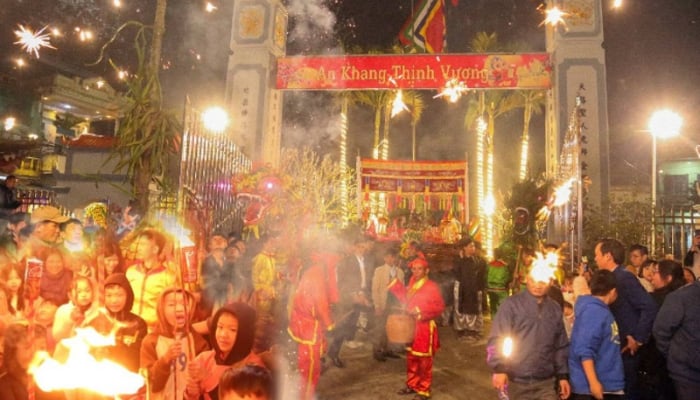
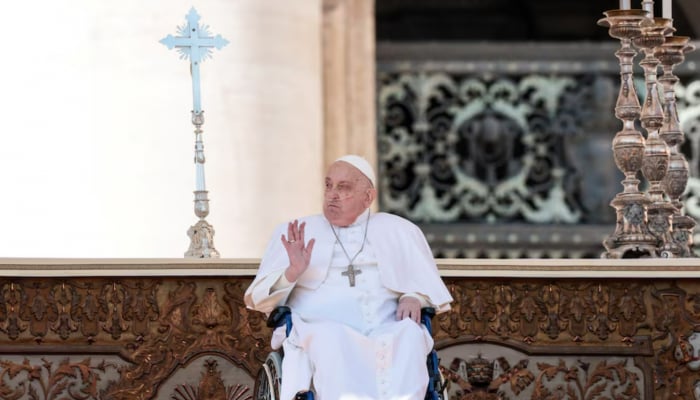























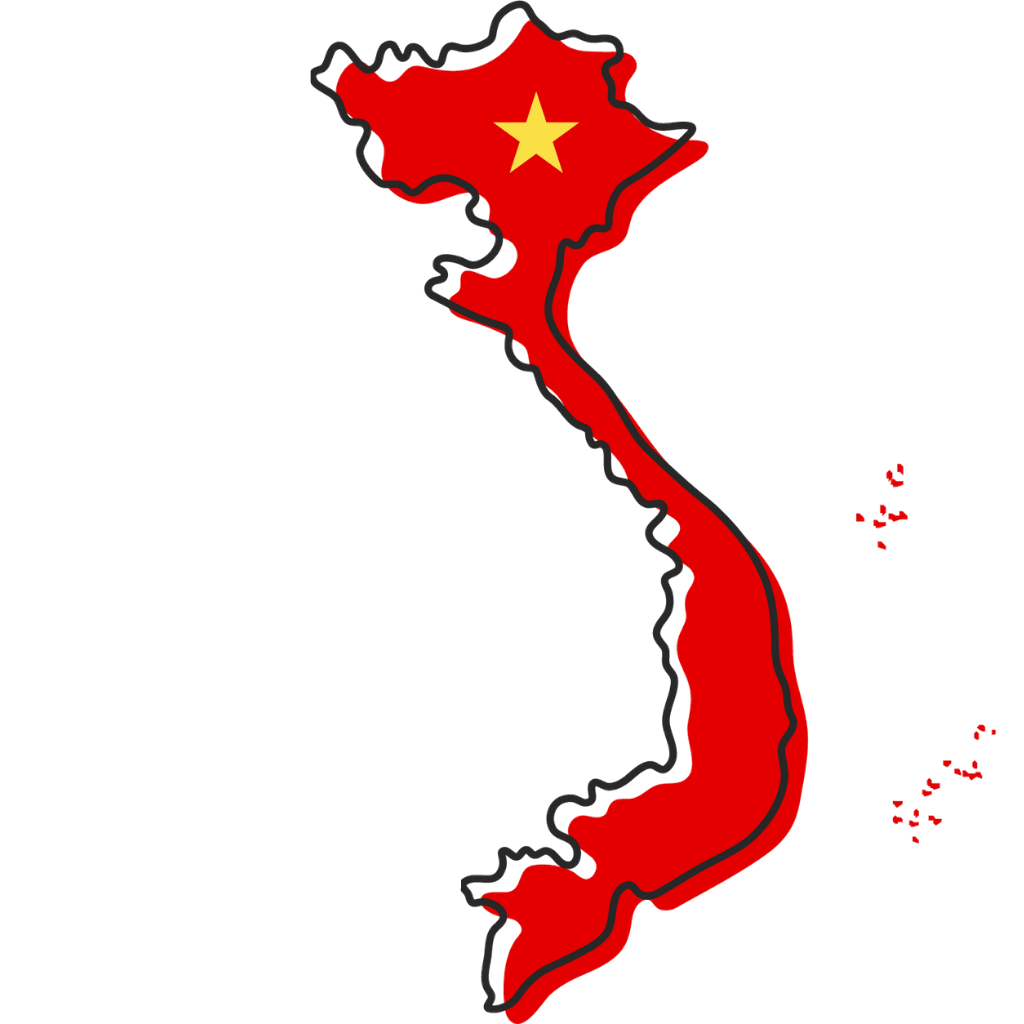






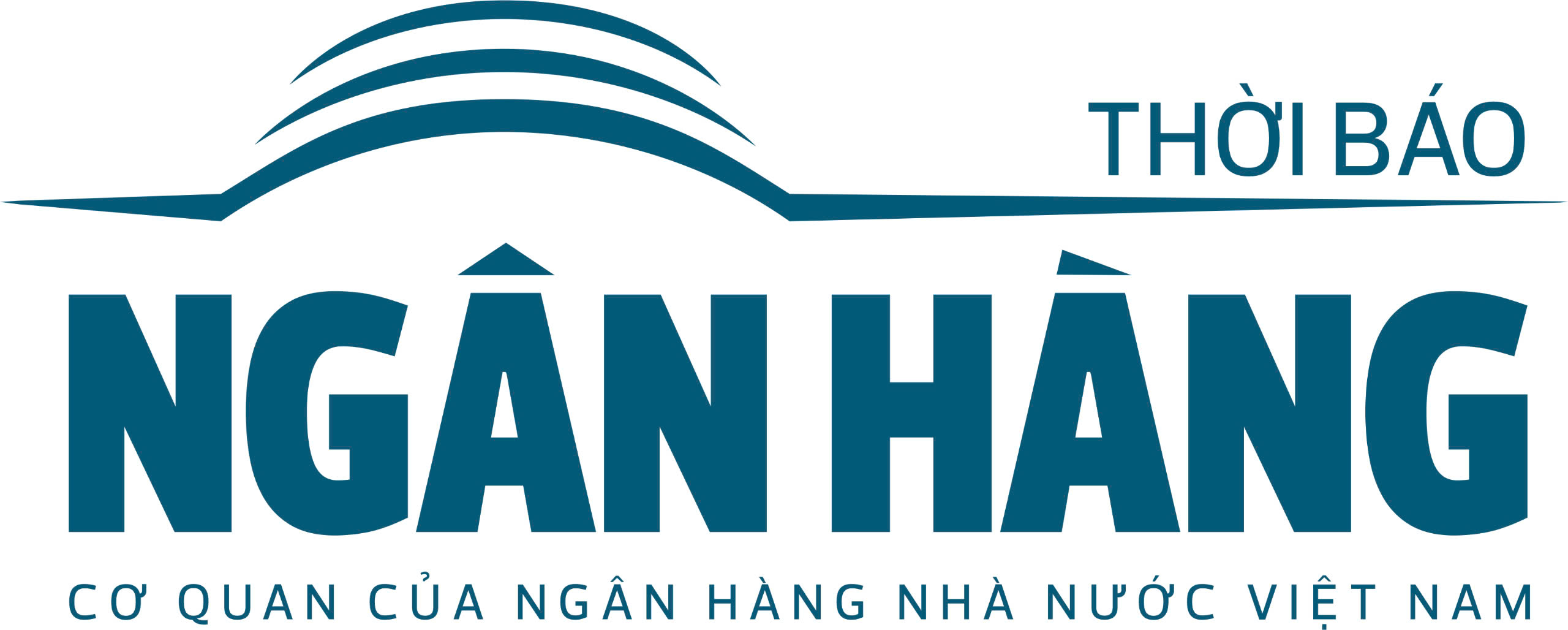

































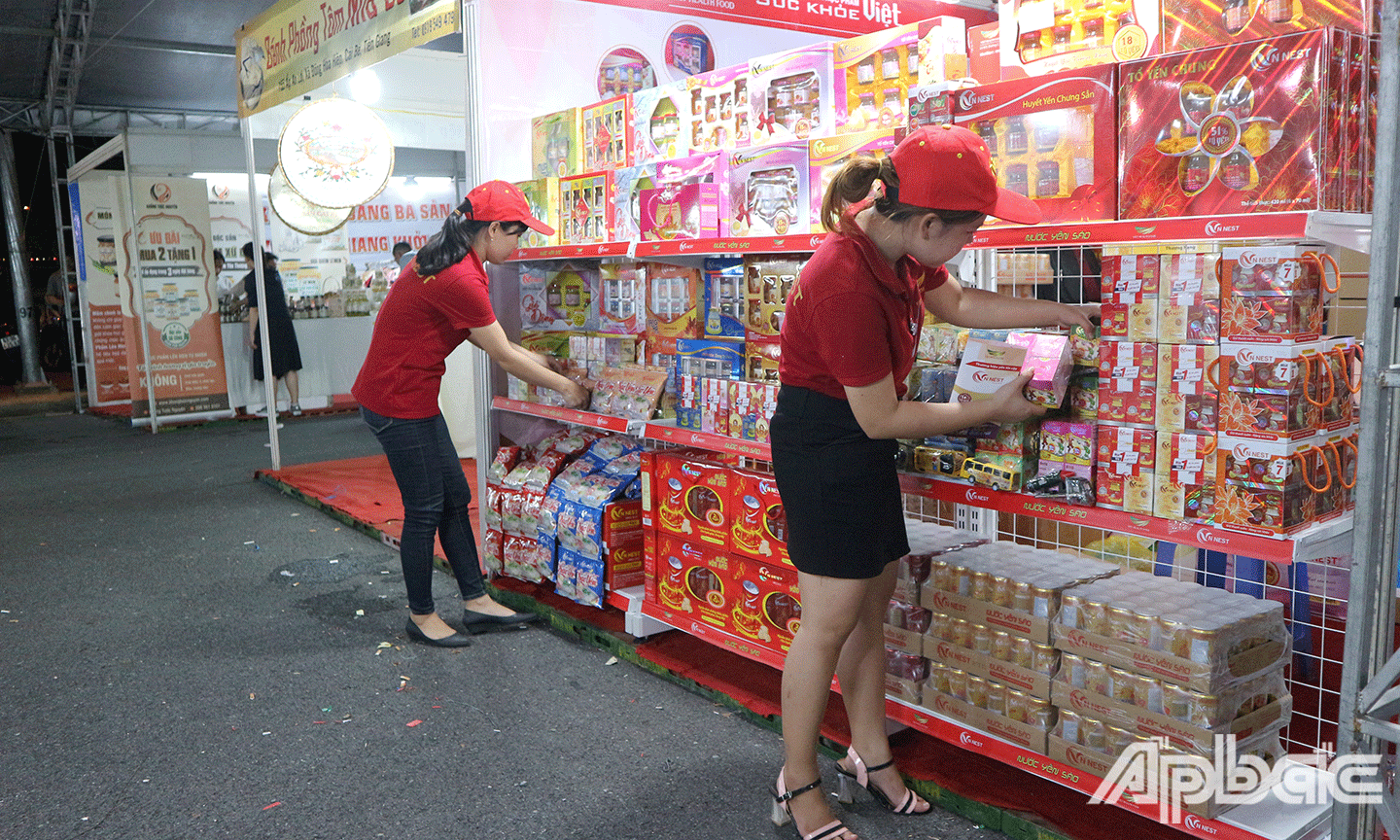
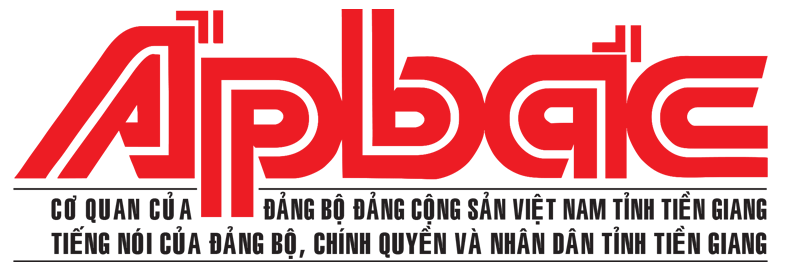

Comment (0)